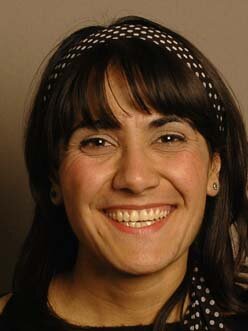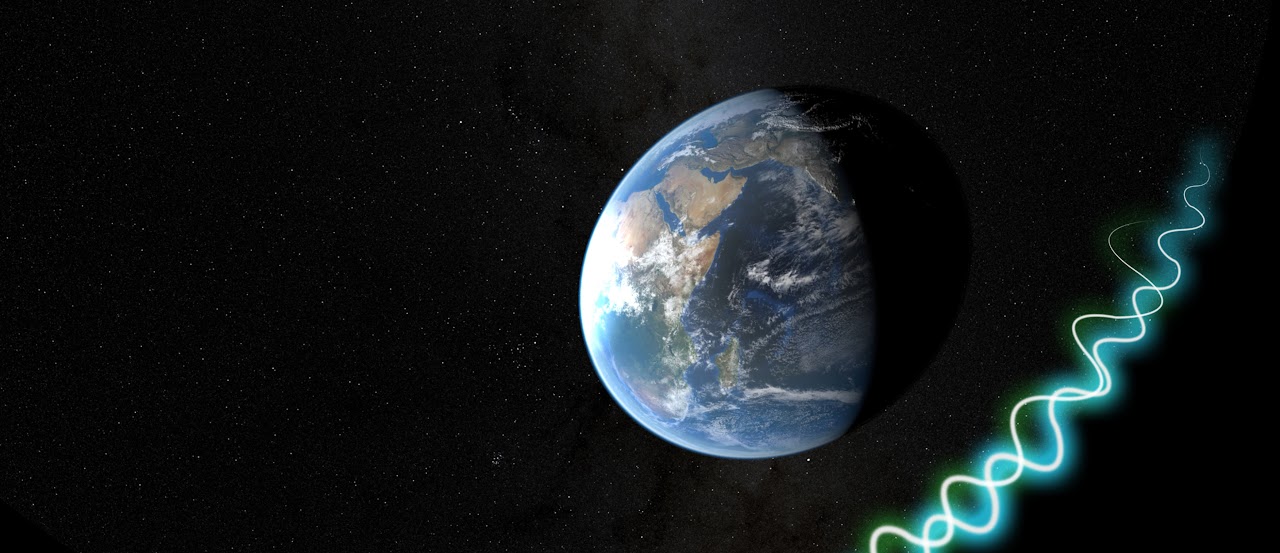How design researchers are changing the way we experience outer space
TU Delft | Industrial Design Engineering Associate Professor, Elif Özcan Vieira, is on a mission to make space audible and show the important role sound design can play when exploring the Universe. Her work, which is part of a larger collaboration called the Audio Universe project, aims to make astronomy more immersive and inclusive for everyone – from astrophysicist to designers to students.
Nature Astronomy – a big step
Özcan co-authored a paper that was recently published in Nature Astronomy. The paper, which is entitled “Sound experts’ perspectives on astronomy sonification projects”, explores the insights gained from a workshop between sound experts and astronomers and demonstrate how auditory perception, psychoacoustics, data sonification, and sound design and evaluation create the bases for making space explorations audible. Through their paper, Özcan and her co-authors hope to equip astronomers with the tools and insights they need to not only watch the Universe, but listen to it too.
When asked what it was like to have a paper published in Nature Astronomy, Özcan said: “This is a very exciting moment for us as a design faculty. When any research is published in Nature, it adds an extra sense of legitimacy to it. And for me, personally, this is one of the highlights of my career as I published with my ‘sound’ heroin and heroes. As an Associate Professor of Sound-Driven Design and Research, I see this paper as the celebration of the maturity of the field, long-lasting collaborations and power of sound design to make impact in another established field.”
In addition to turning up the volume in the field of astronomy, Özcan’s work highlights the transformative role design can have in various fields and, specifically, how sound design can be implemented to explore the Universe in a more inclusive way.
Sonification and inclusion
Sonification takes the data that scientists collect and makes it audible. So, for example, it would allow an astronomer to gather research data from a set of stars (e.g., luminance, size, distance) and turn it into a series of sounds that represent dynamic aspects of that data (e.g., rising, falling, or continuous data points). These sounds can be paired with visuals, analysed by a researcher or computer, or left as is.
Not only can sonification help researchers identify patterns they may have otherwise missed (e.g., searching for random peaks in a time-series data), but it also opens the door to making astronomy more inclusive. The reason being, it gives astronomers who are visually impaired or blind the chance to be fully involved in the research.
For more information about the sonification of space, please read “Sounds of the stars: how scientists are listening in on space” (Nature Astronomy). This article highlights the growing movement within the scientific community towards sonification. It was also one of three other pieces that preceded and set the stage for the paper published by Elif and the other co-authors (as mentioned previously). IDE post-doctoral researcher Sara Lenzi also contributed to one of the earlier Nature Astronomy articles with her expertise on sonification as a research and education tool.
The importance of design in astronomy
The work of Özcan and the other members of the Audible Universe project act as a reminder that sound design is more than capable of leading the way and amplify other forms of research. Özcan: “It can be difficult to feel accepted, as a design researcher, in a field like astronomy. After all, astronomy has its own tools and methods. But this project and our paper have shown everyone that designers have something to offer them. We are multidisciplinary thinkers, who can tackle complex subjects and make the connections necessary to succeed and break barriers.”
In addition to design being able to rise to the challenge of complexity, it is also able to expertly mould sonification, because it too is innately creative. The two complement each other and play off of each other’s strengths and potentials.
This video is from the Audio Universe's website. The "Audio Universe: Tour of the Solar System is a planetarium show, but unlike traditional shows the soundtrack takes the lead role."
Workshops with astronomers and students
On 7 December, IDE Associate Professor, Elif Özcan Vieira, and Post-Doctoral Researcher, Stefano Delle Monache, paid a visit to the British School in The Netherlands Leidschenveen. There, they organised and led a series of workshops for students aged seven to ten. During the workshops, Elif and Stefano taught the students about sound, listening, and how sound can be used to communicate other ideas. The theme of the day was space, so students were tasked with describing space objects (e.g. the Milky Way) using their voices (vocal sketching), their bodies, and percussive instruments.
Also in attendance were students from IDE Assistant Professor Mathieu Gielen’s elective course, Design for Children’s Play. They were to observe the workshops and design sonification tools that would increase children’s sensitivity and awareness towards the communicative value of sounds.
To keep the ball rolling and insights coming, the team behind the Audio Universe project is hosting a special week-long workshop at the Lorentz Center in Leiden called The Audible Universe 2 (12-16 December). The event aims to bring together experts from different backgrounds, including astronomers interested in sonification; researchers in sonification; sound or music computing; sound design; sound perception; and educators.
The programme includes various plenary sessions, talks, show and tell exhibition sessions, and master classes. Associate Professor Özcan will be moderating two different workshops using methods that Elif and her co-authors presented in their paper that was published in Nature Astronomy. The first workshop takes place Wednesday and involves participants designing sonification solutions. The second one takes place Thursday and is on sound design evaluation. This is again a unique opportunity for (blind and visually impaired) astronomers and sound experts to collaboratively explore a design space.

Elif Ozcan Vieira
- +31 (0)15 27 89678
- E.Ozcan@tudelft.nl
-
Room C-3-220
"Product sounds are the voice of a product. When designing a sound, one should therefore first listen to what the product has to say."
